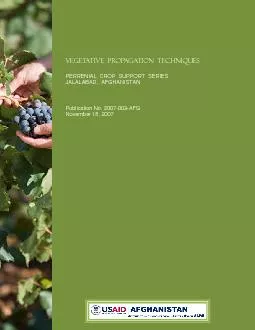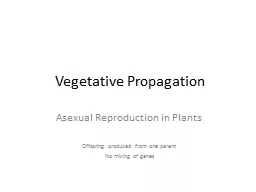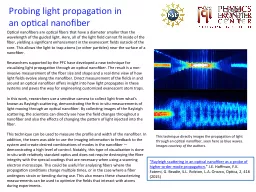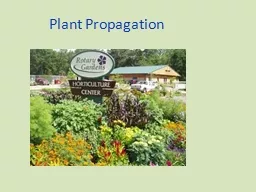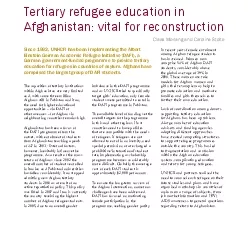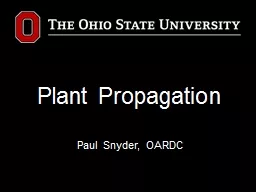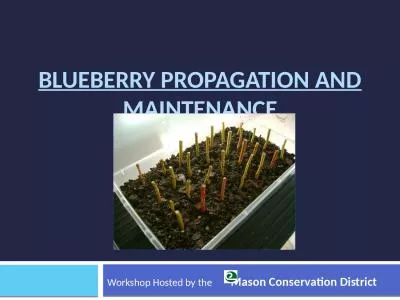PDF-VEGETATIVE PROPAGATION TECHNIQUES SUPPORT SERIES JALALABAD, AFGHAN
Author : yoshiko-marsland | Published Date : 2015-11-20
Roots of Peace VEGETATIVE PROPAGATION TECHNIQUESPage 2This manual was produced by Roots of Peace under USAID subcontract No GS10F0359M Task Order 306M00050051500
Presentation Embed Code
Download Presentation
Download Presentation The PPT/PDF document "VEGETATIVE PROPAGATION TECHNIQUES SUPP..." is the property of its rightful owner. Permission is granted to download and print the materials on this website for personal, non-commercial use only, and to display it on your personal computer provided you do not modify the materials and that you retain all copyright notices contained in the materials. By downloading content from our website, you accept the terms of this agreement.
VEGETATIVE PROPAGATION TECHNIQUES SUPPORT SERIES JALALABAD, AFGHAN: Transcript
Download Rules Of Document
"VEGETATIVE PROPAGATION TECHNIQUES SUPPORT SERIES JALALABAD, AFGHAN"The content belongs to its owner. You may download and print it for personal use, without modification, and keep all copyright notices. By downloading, you agree to these terms.
Related Documents

